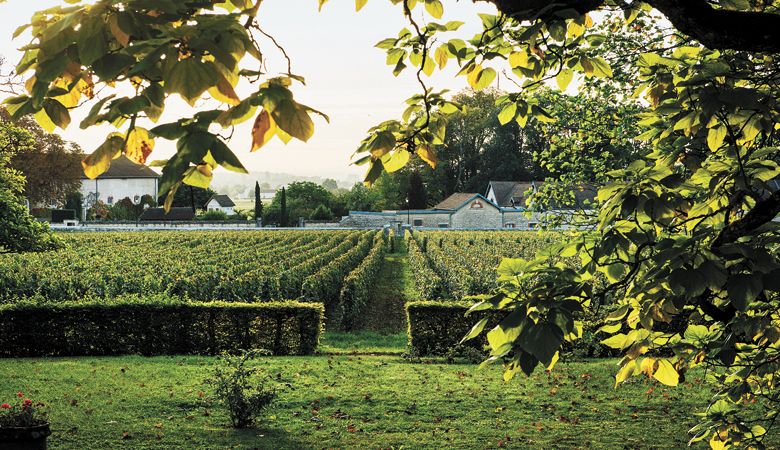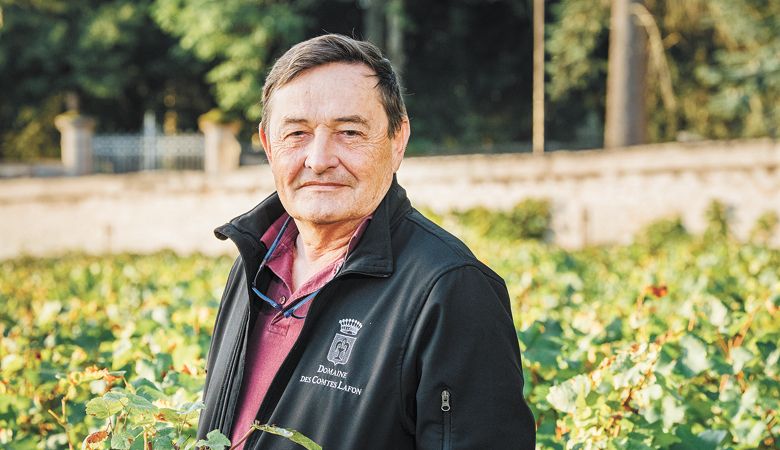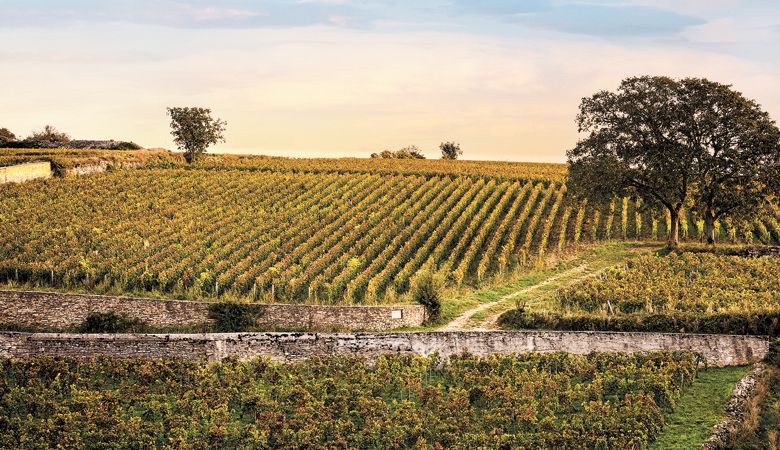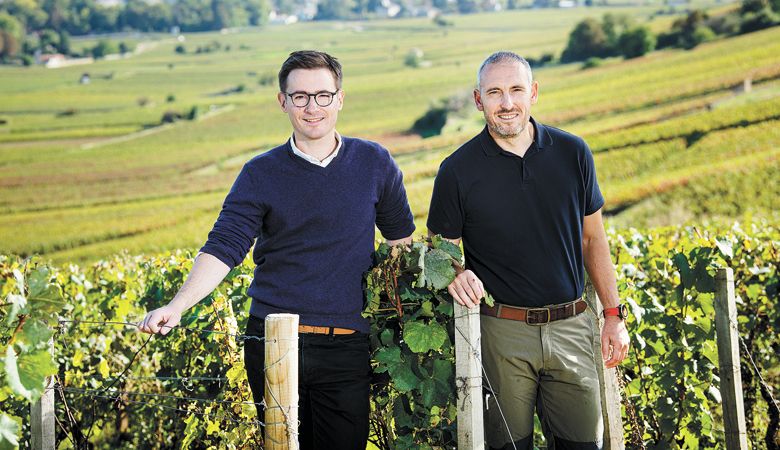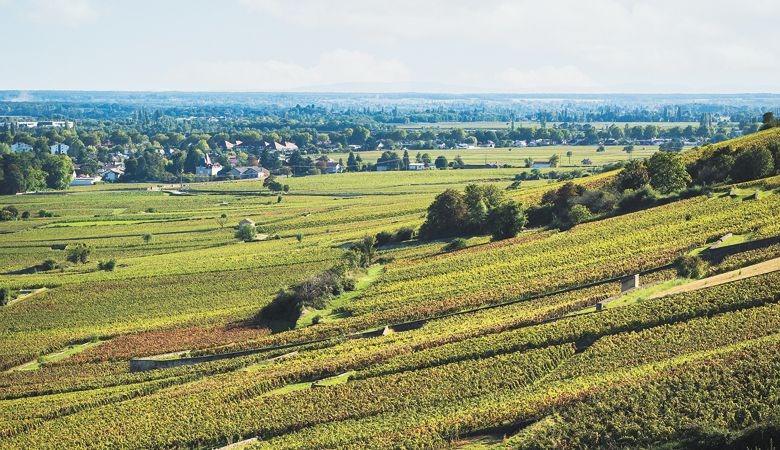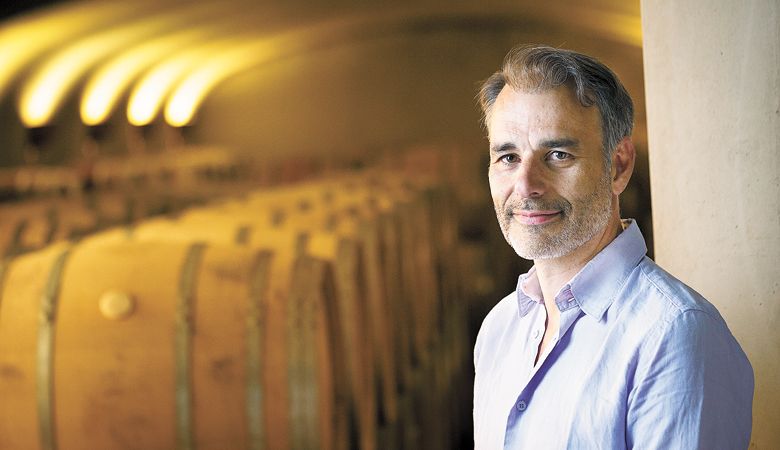Old-World Wisdom
From Burgundy to Oregon, winemakers reflect on what matters
For Burgundian winemakers in the Willamette Valley, sustainability isn’t simply a buzzword, but a way of life honed over generations. Meet four historic estates honoring their heritage in the vineyards of Oregon.
Patrimoine
French vignerons have a word for heritage: patrimoine. Roughly translated, it means honoring one’s ancestors while protecting the land for future generations.
“For nearly 200 years, we have focused our energies on promoting Burgundy and its viticultural heritage,” says Guillaume Large, winemaker for Résonance Wines, Maison Louis Jadot’s Oregon venture established in 2013. Large alongside winemaker Jacques Lardiére, Pierre-Henry Gagey and Thibault Gagey manage the Yamhill-Carlton winery.
Large continues, “Ever since the birth of Maison Louis Jadot in 1859, we have managed to reunite hundreds of parcels of vines, handing them down from one generation to another in order to guarantee the quality of the wines from this unique terroir. The decision about how to manage the vineyards is the grape grower’s most important decision. It was essential for us to use this Burgundian heritage in Oregon, at Résonance, to reveal the characteristics of each place, each terroir, each ‘somewhereness’ and to learn about them.”
“Even though I am a newcomer, relatively speaking, to this industry, my family has been in Burgundy for some time,” adds Jean-Nicolas Méo of Domaine Méo-Camuzet in Vosne-Romanée, who, in 2012, co-founded Domaine Nicolas-Jay with music impresario Jay Boberg — the winery’s tasting room recently opened in the Dundee Hills. “Learning from Henri Jayer and carrying on the traditions of the family domaine [founded in 1902], I have always felt very obliged to allow the vineyards to tell their history through our wines and tell the story of the people who came before me, honoring the soil, the vineyards and the great terroir of the land we farm.”
“I think it’s because of our historical desire to magnify our terroirs that I paid particular attention to sustainable farming philosophies,” says Philippe Drouhin, viticulturalist for Maison Joseph Drouhin, established in 1880 in Burgundy, and Domaine Drouhin Oregon, founded in 1987 in the Dundee Hills by father Robert Drouhin and managed alongside siblings Frédéric, Véronique and Laurent. “This led me to analyze our practices and convinced me that organic and Biodynamic were important. Better soil practices are also essential.”
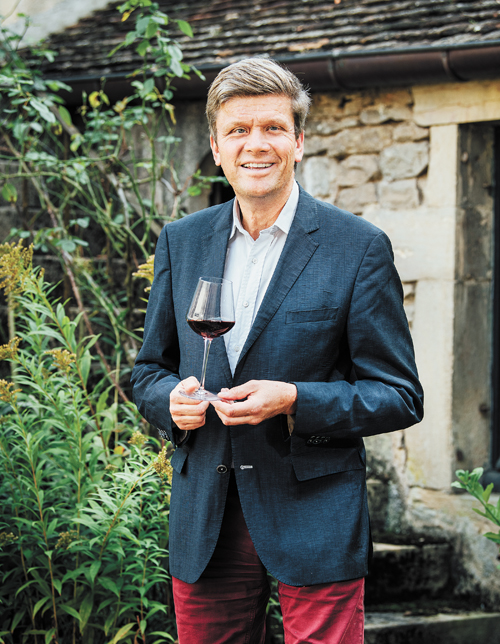
Farming sustainably remains essential for Dominique Lafon, co-founder of Lingua Franca — with Larry Stone and David Honig — in the Eola-Amity Hills. The fifth-generation vigneron to run his family’s Domaine des Comtes Lafon in the Côte de Beaune commune of Meursault says, “We live around our vineyards and drink the water from our rivers, so it makes no sense to pollute the land. I think this is what carried me through the transition — completed in 1998 — of organic and Biodynamic cultivation. It does a lot of good to the health of our vineyards and to the quality of the wines, giving better balance.”
Terroir
Domaine Drouhin Oregon also owns Rose Rock Vineyard in the Eola-Amity Hills. “My goal is balanced vigor, which is influenced by the weather profile and soil characteristics, and is determined by looking at the vines,” says Drouhin, whose Burgundian family holdings are situated in Chablis, Côte de Nuits, Côte de Beaune and Côte Chalonnaise. “I adapt to each area to achieve my goal. It could be irrigation in some instances because of the very dry summers for young vines, permanent cover crop, rootstocks, winter cover crop and fertilization… A vine should struggle a little, but not suffer.”
“Obviously, it’s easier to farm organically in Oregon than in Burgundy,” concurs Méo. “Much less humidity in Oregon compared to Burgundy, so much easier. So, in that respect, there is incentive to be organic in Oregon, and no excuse not to. In terms of soil, there is a lot of variation between the regions in regard to vigor. The density is lower in Oregon, and this is clearly helping allow more options for sustainability because you can grow something in the middle of the row without tilling.”
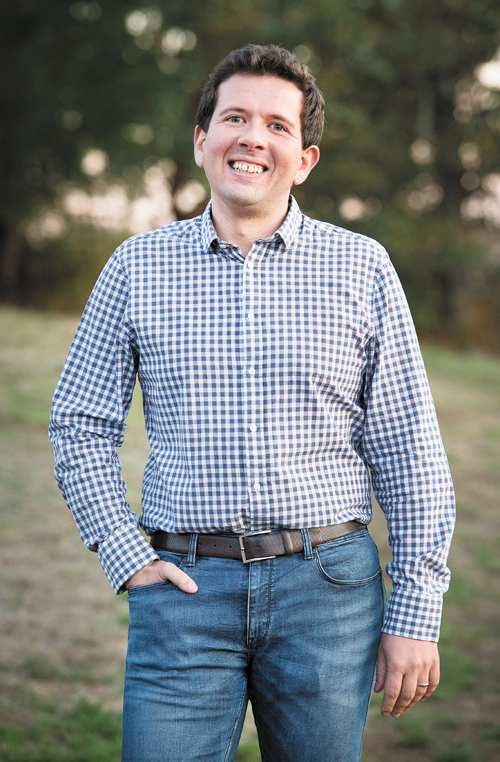
“Even if the philosophy is the same at Maison Louis Jadot in Burgundy and at Résonance in Oregon, we note some difference between regions: weather, geology, elevation,” notes Large. “As each terroir is unique, we have adapted our practice: density of plantation, foliar surface, yield... But the guideline stays the same for both regions: We don’t work our soils too deeply, but focus instead on the top soils in order to preserve the soil structure.”
Large continues, “Root growth is encouraged and maintained, promoting downward growth rather than expansion at the surface. This allows the vines to absorb their ‘minerality’ and to defend themselves against damage in a natural, efficient manner. In Burgundy, work is done using tractors, or in the most inaccessible vineyards, by horse. In Oregon, we use small crawler tractors because of the steep slope of Résonance’s property.”
Lafon agrees, “Growing vines is slightly different in Oregon. There is much less disease pressure, almost always nice summers, and grapes that are always ripe … but this can be an issue when picking is later, since there is a chance of heavy rains — but thankfully this is fairly rare. It is also easier to farm in Oregon with a lower density of plantings. We are actually legally obliged to plant 10,000 vines per hectare in Burgundy, which sometimes limits innovation. I also had to understand the potential of our vineyards in Oregon and adapt to it adjusting crop level, dates of harvest and extraction.”
Vine to Vat
Harvest protocols adapt, too. “Fundamentally, our goals and the base we use to achieve them are the same: as little disrupting the grapes as possible from vineyard to winery,” says Méo. “In Oregon, we call this protocol ‘vine to vat.’ It is, of course, a bit more challenging in Oregon because of the big distances we need to transport the grapes, and respect and attention to that point have been rather low in the region historically.”
Méo adds, “We fight more of a battle getting farmers to use smaller bins and change the way things have always been done, but people are seeing the benefit and joining us in these improvements. This also happens here in Burgundy. There isn’t the same fear of small bins in Burgundy, but then much less is done by tractor.”
Climate change also informs decisions. “We have seen capricious weather in 2021: a heat dome in Oregon, black frost in Burgundy,” says Large. “The climate is different, and we follow this change with attention. Our farming practice, organic, with soil tillage and dry farming are keys to grow deep roots. This summer, even if the drought was intense in the Willamette Valley, we have seen our old vines of Résonance Vineyard being full of energy, and they didn’t suffer from the hydric stress.”
As for future options, Drouhin points to technology. “I think IoT (Internet of Things) and AI (artificial intelligence) will help us be more sustainable by adapting our practices to fine-tune our work toward a per-vine action.”
And yet, Lafon, like the rest of the winemakers, truly believes less is more: “[My philosophy in the cellar] is light intervention, simple, trying to imagine what each vineyard has to offer. There are no magic tricks and no secrets. I like purity and precision in our wines.”
Lessons Learned
Ultimately, straddling Old and New worlds results in valuable lessons to these seasoned winemakers.
“In the long run, each place feeds the other,” says Lafon. “I brought some Old-World techniques to Oregon, which we tried; some worked well, others not, then you adapt. We found solutions to problems in Oregon, which I had never thought of before, and now I use those solutions when making wine in Burgundy. At Lingua Franca, I work with Thomas Savre, who is a very smart winemaker, so we have very rich exchanges on vineyard management and winemaking. The idea is to use what suits our goal the best, and each year is a little different — we do not have recipes.”
Large agrees, “Each season, each vintage is different. The mosaic of terroir in Burgundy accentuates this difference. Anything could happen as long as the grapes are not at the winery. We have to stay very humble, as Mother Nature has so much influence on the growing season and the vineyard. This is why our wines express the truth of the place, the vintage… I am still learning about the vines in Willamette Valley. However, I have to be patient, aware that it will be a long way to understand the terroir, but so very exciting.”
“The combination of vine and terroir has its own potential; don’t push it too much,” advises Drouhin. “Modern science believes it can.”
“Trust the site,” concludes Méo. “When you work these vineyards, you feel the weight of history, no matter your personal history. And, of course, when it’s your family, you feel even more connected, knowing that people have been working these vineyards for centuries. There is the feeling of passing them along to whoever is going to come next. To farm sustainably, to preserve this wonder and beauty for the next generation, and all of those to come. This weight obligates you to farm sustainably.”


